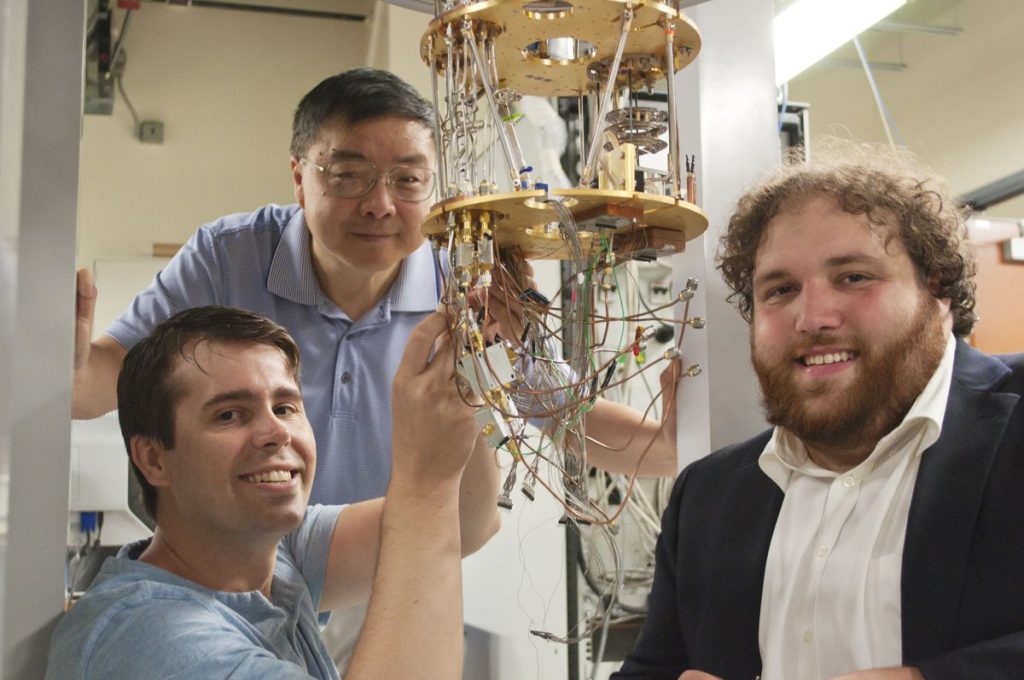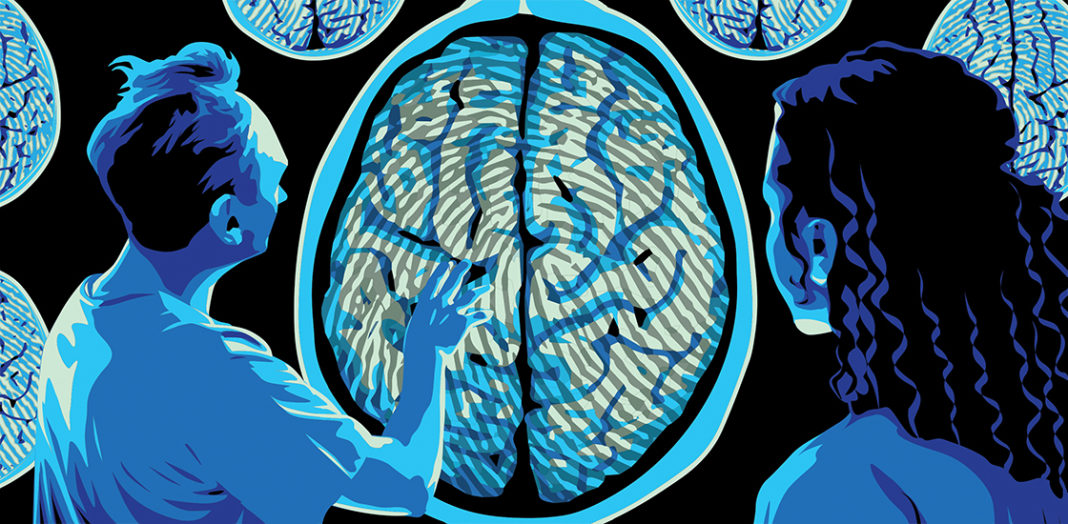UCLA researchers HongWen Jiang, professor of physics, and graduate student, Joshua Schoenfield have discovered a method for controlling and measuring the valley states of electrons in a silicon quantum dot, an essential key to stabilizing the qubits of a quantum computer. Their full findings are available in the journal Nature Communications.

A *quantum dot is a finite area of silicon that captures electrons, allowing researchers to alter their charge and spin. The ‘valley state’, a particular part of an electron’s movement where it lays low in the texture of the silicone’s structure, has only recently been understood to have importance in the information storage of a qubit. If the silicon is imperfect in any way an electron’s Valley state can be altered to dramatic and unpredictable effect. The valley state is inherent to the nature and action of a functioning qubit.
Normally, an electron’s movement is quick and continual, challenging a researchers ability to keep it in a valley state for study. However, when UCLA scientists cooled a silicon quantum dot to almost absolute zero, the movement of electrons slowed enough for manipulation, measurement, and control. This was done by rapidly pulsing electricity to move individual electrons up and over the valleys.
Additionally, they were able to detect the fractional energy contrast between unique valleys, previously not possible by standard techniques.
Jiang and Schoenfield expect to further develop the technique used in order to have more control of qubits based on interacting valley states.
*Quantum dots (QD) are very small semiconductor particles, only several nanometres in size, so small that their optical and electronic properties differ from those of larger particles. They are a central theme in nanotechnology. Source: Wikipedia
More News to Read
- Possible Evidence of Majorana Particle Could be BIG News for Quantum Computers
- A Study on Marsupials Helps Scientist Better Understand Pregnancy in Humans
- Understanding the Enigma of Drizzle – Light Rain Falling in Very Fine Drops
- Supercomputer Simulation of HIV Virus May Provide New Treatment Options
- East Coast Birds Under Threat from Central American Habitat loss and Climate Change











